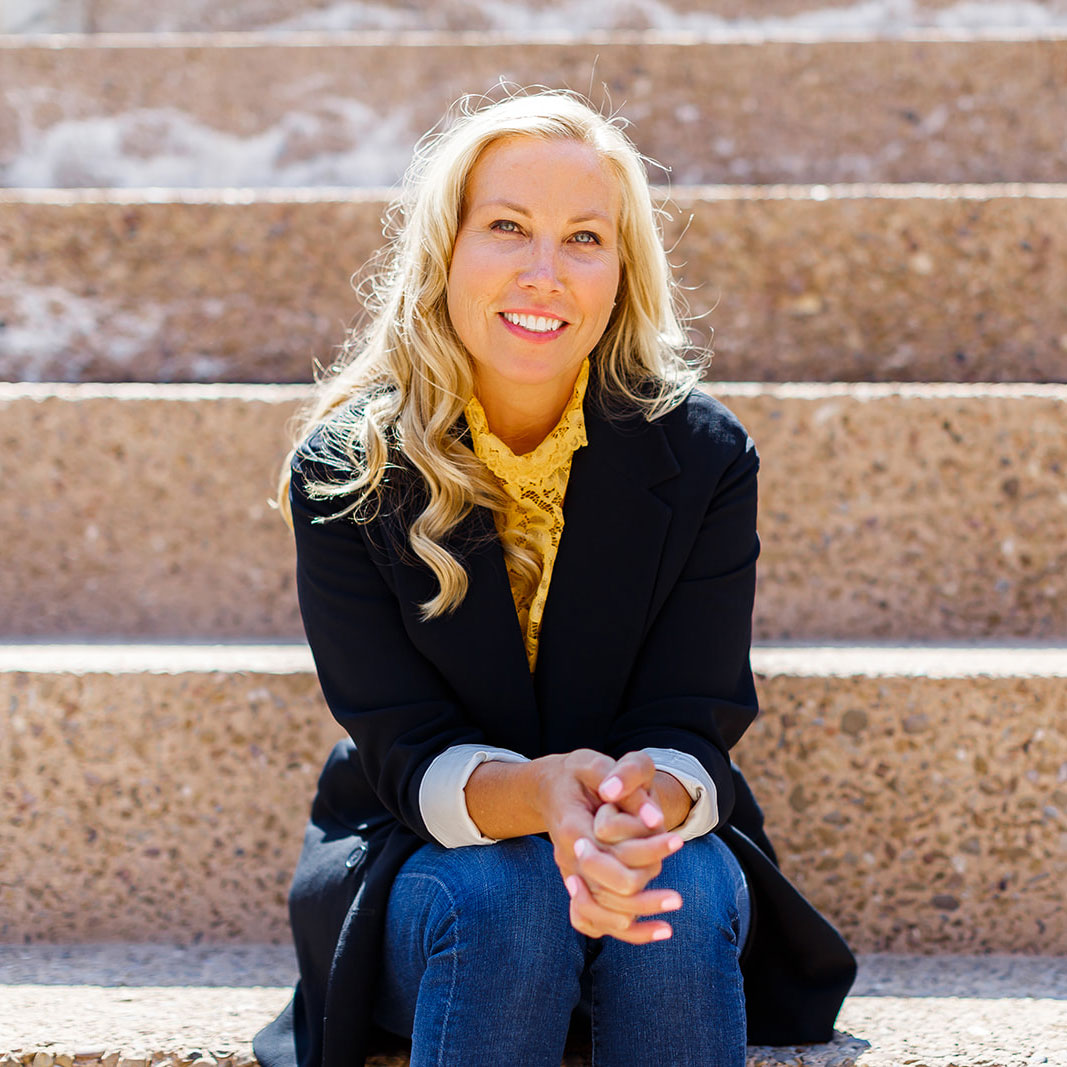Our Ingredient Selection Process is an intense, lengthy one—and we take the fourth step, Responsible Sourcing very seriously. When we set out to make safer, high-performing color cosmetics, we started down a complex journey of finding responsibly sourced mica and have been learning a lot along the way.
Why mica? Because in the beauty industry, it’s widely used as a base for powder formulations and creates that shimmery glow we all know and love (highlighters, eyeshadows, pressed powders—we’re looking at you). Simply put, if you want high-performing color cosmetics, you need mica. But the mica industry can come with some alarming, unethical practices, including forced labor as well as child labor. Obviously, we won’t stand for that, so we recently took a deeper dive into our supply chain to confirm we, together with our suppliers, are upholding the “responsible” part of our sourcing.

It Starts with the Source
Mica is a globally sourced material, but our strong preference is to source domestically and sustainably from our supplier in Hartwell, Georgia. We work closely with this sourcing partner to ensure that they’re using the leading practices for sustainable mining and processing. (We’ve literally gone into their mines to trace our mica through to the manufacturing stages—when it comes to responsible sourcing, we’re not messing around.) We’re proud to be leading the way.
Of course, all mica is not created equal, and in order to create certain effects with some of our color cosmetics, we have to reach beyond our mica partners in Georgia. When it comes to our global sources, we’re committed to transforming the way the mica industry works and supporting the many people who help bring our products to market. We can’t do this alone, so we sought out two partnerships as we dove even deeper into our mica supply chain.
A Partnership to Be Proud Of

If the name Kailash Satyarthi sounds familiar, it’s because he won the Nobel Peace Prize in 2014. He also was featured in a Participant Media documentary called The Price of Free (watch this ASAP—it’s free on YouTube). Kailash is one of the most credible leaders working to eradicate child and forced labor through the creation of child-friendly villages. We’re proud to be designing a custom program with the KSCF, to support children in the Jharkhand region of India (a hotspot for international mica mining) while also working with the local community to better understand the mica industry’s opportunities for change.
As an international buyer, we believe it’s critical that we listen to the needs of the communities impacted. Too often, international companies implement solutions that aren’t what communities want or need. As we ramp up our work on the ground, we’re listening closely to make sure we are helping find the right solutions on the ground.
Using Technology to Increase Transparency
You’d think most suppliers know where their mica comes from—but this isn’t necessarily the case. So we’ve also partnered with Sourcemap, a technology platform founded at MIT that is helping us map our entire supply chain to give us fuller visibility as to where our mica is sourced—mine by mine, day by day. The level of transparency we’re seeking in this industry is unprecedented, and in a super-secretive industry, this information isn’t easy to come by. With the help of Sourcemap and participation from our suppliers, we hope to share a traceable mica supply chain with you in the future. Eventually, we’ll be able to tell you exactly where the mica in your favorite eye shadow comes from. Literally, straight from the source.
Striving for an A+ in Auditing
All of this work is supported by our third-party audits of each and every mica supplier we work with. We started with obtaining certificates from our mica suppliers, noting child labor wasn’t used—and this is actually where many companies start and stop. But understanding the issues in the industry, we wanted to learn more. After all, a certificate is only the first step inside the complicated story of where products come from.
In the past year, we have audited 100% of our suppliers via phone—and taken it a step further. We enlisted the help of a well-respected third-party auditing firm and personally hopped onto planes, trains, and ferries around the world in order to be the first beauty brand to have implemented our rigorous responsible sourcing standards for on-the-ground audits of our mica supply chain. By the end of 2020, we will have conducted third-party traceability audits of all of our mica mine locations—a radical step towards transparency in the beauty industry.
Creating a Toolkit for Change
As we learn more about responsible sourcing, we want to share our best practices with other leaders in the beauty industry. Early next year, we will launch our public toolkit for beauty companies (and beyond) seeking to validate their supply chains.
We look forward to sharing our progress with you as our journey evolves. It would have been easier to just get a certificate from suppliers and call it a day. But real change takes hard work, and we don’t take the easy route.
Thank you for continuing to support a beauty brand that is doing everything in our capacity to have a vetted, responsible mica supply chain. You make us want to do beauty, better.
Want to Stay in the Know?
Be sure to follow along as we share our responsible sourcing journey.


